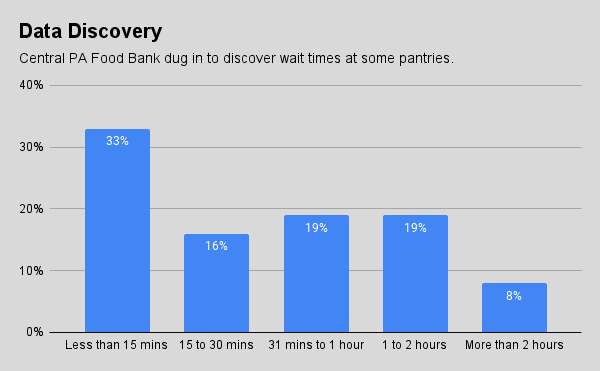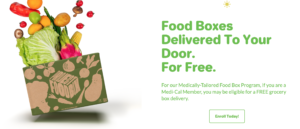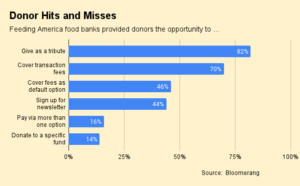One food bank is looking into providing people with gas cards or discounts on car repairs so they can more easily get to food pantries located far away. Another food bank has rolled out compassion training to pantry volunteers to ensure clients don’t feel judged. Another is trying to nail down why clients bypass food pantries that are close, in favor of a particular warehouse site.
All of these creative responses flowed from issues flagged by data projects being conducted throughout the food banking network. They underscored a key message of a recent webinar hosted by More Than Food Consulting on data measurement: Finding better ways to serve clients doesn’t need to come from sophisticated data collection and analysis.

While research and data collection can seem intimidating, “at the end of the day, it really just means listening,” said Zachary Zook, Senior Research Policy Manager at Central Pennsylvania Food Bank, a presenter in the webinar.
Feeding America has been providing tools and resources to make it easier for food banks to embrace data measurement projects. Zook described the Feeding America Client Survey (FACS) as an “awesome resource” that helps food banks ask for feedback on specific issues including housing, transportation, food preferences and economic security.
Central Pennsylvania Food Bank also uses Feeding America’s Service Insights tool, which helps pantries collect basic information from clients upon intake, such as name, age, gender, race, household information and SNAP usage. It’s an administrative tool that shows the number of clients being served and their main characteristics.
Using these tools and others, such as publicly available data and interviews, Central Pennsylvania Food Bank has gained some new perspectives on its clients and how they’re being served. It found that in some service areas, nearly half of respondents waited longer than half an hour to use the pantry, while 25% waited more than an hour (see chart above), spurring it to look into solutions.
It also discovered low SNAP utilization among pantry users, causing it to explore collaboration with its Department of Human Services on ways to make SNAP easier to access. The food bank has also reached out to non-pantry users at public spaces like libraries with short five-question surveys to explore why people don’t use a pantry. (Most don’t know where to find one.)
Zook noted the importance of offering a feedback loop to clients, even if the loop is small to start. He said, “The world of data collection cannot be perfect. You’ll learn as you go, and you don’t have to do everything all at once. Just starting to listen to your neighbors goes a long way.” – C.C.
Like what you’re reading?
Support Food Bank News
This article was made possible by the readers who support Food Bank News, a national, editorially independent, nonprofit media organization. Food Bank News is not funded by any government agencies, nor is it part of a larger association or corporation. Your support helps ensure our continued solutions-oriented coverage of best practices in hunger relief. Thank you!
Connect with Us:










